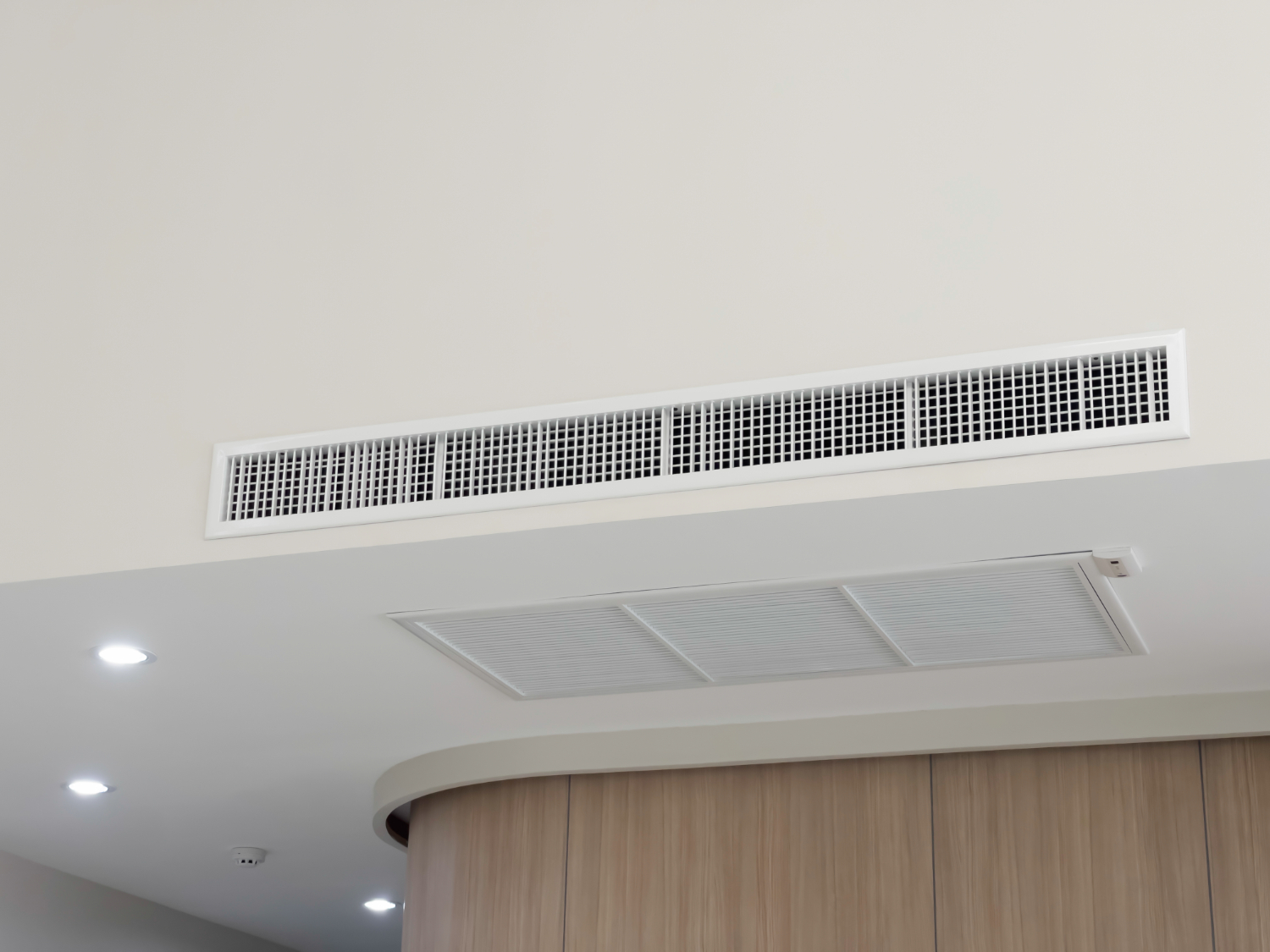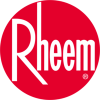Regular maintenance and smart usage habits can add years to your HVAC system, saving you thousands of dollars in premature replacement costs. So, we’ve gathered practical tips that anyone can follow to maximize their system’s longevity. From simple filter changes to strategic thermostat settings, these recommendations don’t require technical expertise.
By implementing the right maintenance routine and making small adjustments to how you use your heating and cooling equipment, you’ll not only extend your system’s life but also improve its efficiency. This means lower energy bills and more consistent comfort throughout your home, even as your HVAC system ages gracefully.
Understanding Your HVAC System
Your HVAC system is a complex network of components working together to maintain comfortable temperatures in your home. Knowing how these parts function and interact can help you make smarter maintenance decisions.
Components and Functions
The heart of your HVAC system includes the furnace for heating and the air conditioner or heat pump for cooling. These core components connect to your home through a network of ducts that distribute conditioned air throughout your living spaces.
Air filters are crucial elements that trap dust, allergens, and debris before air circulates in your home, protecting both your system and your indoor air quality. The evaporator and condenser coils handle heat transfer in the cooling process. When these components become dirty or damaged, your system works harder and uses more energy.
The thermostat serves as the control center, regulating when your system turns on and off based on temperature settings. Modern programmable and smart thermostats can significantly improve efficiency.
Importance of Energy Efficiency
Proper insulation in your home keeps conditioned air inside, reducing the workload on your system. Adequate airflow is also essential for system efficiency. Blocked vents, dirty filters, or obstructed outdoor units force your system to work harder, increasing wear and tear on components.
Well-maintained systems use 15-20% less energy than neglected ones, translating to lower utility bills and reduced environmental impact. Energy-efficient operation not only extends system life but also maintains consistent temperatures throughout your home.
Routine Maintenance and Care
Proper HVAC maintenance is the key to extending your system’s lifespan and avoiding costly repairs. Regular upkeep not only improves efficiency but can add 5-10 years to your system’s life.
Regular HVAC Maintenance
Consistent maintenance creates a foundation for HVAC longevity, and we recommend checking your system monthly during peak usage seasons (summer and winter). Set calendar reminders to replace air filters every 1-3 months depending on your home’s conditions, although homes with pets or allergies may need more frequent changes.
Keep the area around your outdoor unit clear of debris, leaves, and vegetation. A minimum 2-foot clearance allows proper airflow. Check thermostat settings seasonally to ensure your system isn’t working harder than necessary.
Simple Monthly Maintenance Checklist:
- Inspect and replace air filters as needed
- Clear debris from outdoor units
- Check thermostat settings
- Listen for unusual noises during operation
Professional Tune-Ups and Inspections
Schedule professional HVAC maintenance twice yearly – spring for cooling systems and fall for heating components. These visits are crucial for identifying potential issues before they become expensive problems.
During a professional tune-up, technicians will:
- Clean the evaporator and condenser coils
- Check refrigerant levels
- Inspect electrical connections and components
- Lubricate moving parts
- Test system controls and safety features
Many HVAC companies offer maintenance plans that include priority scheduling and discounts on repairs. These plans typically pay for themselves through improved efficiency and extended system life. Furthermore, professional maintenance helps maintain your warranty coverage, as many manufacturers require proof of regular service.
DIY Care: Filters and Coil Cleaning
Between professional visits, several DIY maintenance tasks can keep your system running efficiently. The most important thing is regular filter changes, as dirty filters restrict airflow, forcing your system to work harder and use more energy. They also allow dust to build up on important components.
Meanwhile, outdoor condenser coils can be gently cleaned with a garden hose (with power off). Never use high pressure, which can damage delicate fins. Keep indoor vents clear of furniture and drapes to maintain consistent temperature throughout your home.
Smart Usage Strategies
Strategic operation not only extends your system’s life but also reduces energy costs and maintains comfort throughout your home.
Optimizing Thermostat Settings
Installing a programmable or smart thermostat is one of the best investments for your HVAC system. These devices allow you to create temperature schedules that reduce strain when you’re away or sleeping. We recommend keeping summer settings at 78°F and winter settings at 68°F for optimal efficiency.
Smart thermostatstake this further by learning your preferences and adjusting automatically. Many models can be controlled remotely via smartphone apps, letting you make adjustments even when you’re not home.
Practical temperature settings:
- Morning: 68°F (winter) / 78°F (summer)
- Away from home: 62-65°F (winter) / 82-85°F (summer)
- Evening: 68°F (winter) / 78°F (summer)
- Sleeping: 62-65°F (winter) / 80-82°F (summer)
These small adjustments can reduce system runtime by 5-15%, significantly extending your HVAC lifespan.
Improving Home Insulation and Air Sealing
Your HVAC system works harder when conditioned air escapes through gaps and poor insulation. Proper insulation and air sealing can reduce system workload by up to 20%.
Start by checking these common leak areas:
- Windows and doors (add weatherstripping)
- Attic access points
- Electrical outlets on exterior walls
- Plumbing penetrations
Adding insulation to attics, walls, and crawl spaces helps maintain consistent temperatures, and the Department of Energy recommends R-38 to R-60 insulation in atticsfor most climates. Consider a professional home energy audit to identify specific problem areas. These targeted improvements help your HVAC maintain comfortable temperatures with less effort, extending its useful life while improving energy efficiency.
Upgrades and Professional Services
As HVAC systems age, strategic upgrades and working with qualified professionals become essential to maximizing performance and lifespan. Proper investments in both equipment and service providers can prevent costly emergency repairs and ensure optimal operation year-round.
When to Consider System Upgrades
Consider upgrading when your energy bills consistently rise despite regular maintenance, as this often signals declining efficiency in older units. Duct modifications or replacements may be necessary if you notice uneven temperatures throughout your home. Properly sealed and insulated ducts prevent energy loss and reduce strain on your system.
Smart thermostatsrepresent a valuable upgrade that can reduce energy consumption by 10-15% through automated temperature adjustments. Additionally, zone control systems are worth considering for larger homes. These allow different temperature settings in various areas, reducing the workload on your HVAC equipment where cooling or heating isn’t needed.
Selecting a Qualified HVAC Contractor
Always verify credentials and insurance before hiring anyone to work on your system. Also, check online reviews and ask for references from previous customers. Quality contractors will gladly provide testimonials from satisfied clients about their customer service and technical skills.
Look for HVAC contractorswho have worked with your specific brand and type of system. They’ll understand the nuances needed to maintain optimal performance. Get multiple detailed quotes that include labor, parts, warranties, and timelines, but avoid contractors who provide vague estimates or pressure you into immediate decisions.
Get in touchto arrange your next HVAC inspection and to discuss the costs involved for upgrades or repairs.










